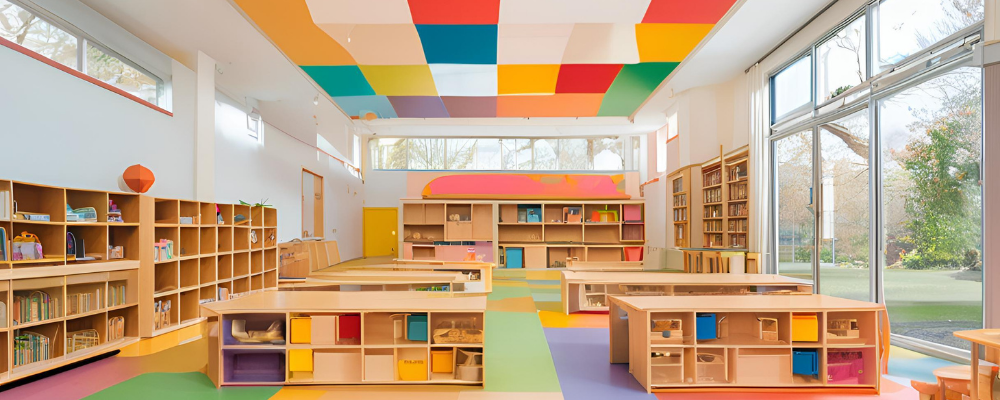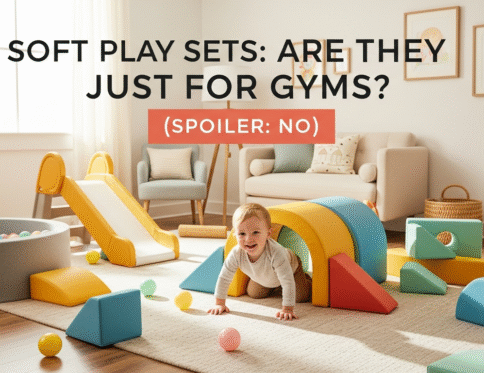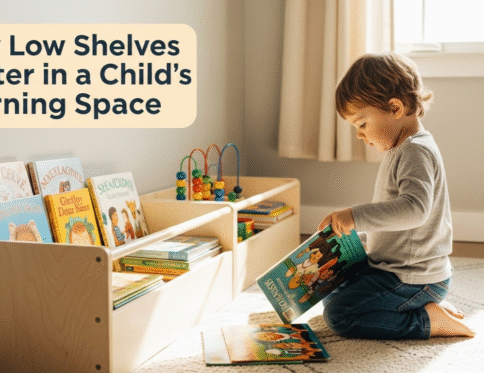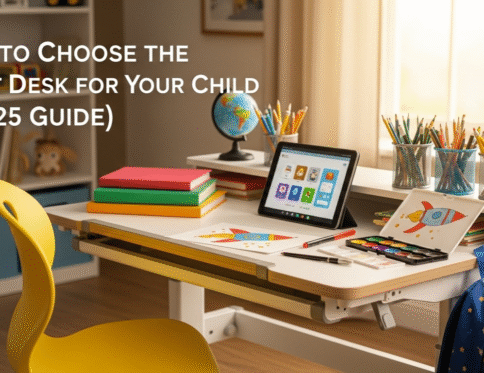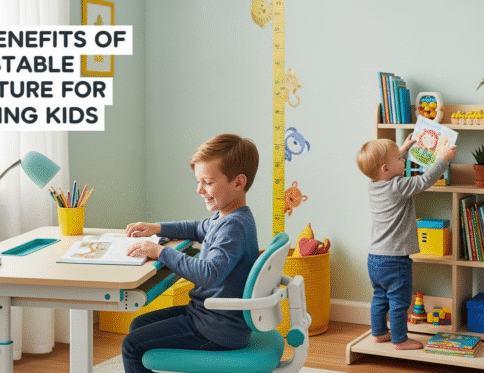The physical environment where learning takes place plays a crucial role in students’ cognitive development and academic success. Research consistently shows that thoughtfully designed classroom layouts can enhance attention, engagement, and information retention. This comprehensive guide explores the relationship between classroom design and student cognitive development, backed by educational research and practical applications.
The Science Behind Classroom Design
Environmental Psychology in Education
The connection between physical space and cognitive function is well-documented in environmental psychology. Students’ brains are constantly processing their surroundings, and the learning environment can either support or hinder cognitive processes such as:
- Attention and focus
- Information processing
- Memory formation
- Creative thinking
- Problem-solving abilities
Cognitive Load Theory
Classroom layout directly influences cognitive load – the amount of information students can process at once. An optimal learning environment:
- Reduces extraneous cognitive load
- Maximizes germane cognitive load
- Supports working memory function
- Facilitates information processing
Key Elements of Cognitive-Enhancing Classroom Design
Seating Arrangements
Research shows that different seating configurations support various learning objectives:
Traditional Rows
- Beneficial for independent work
- Reduces distractions during tests
- Supports direct instruction
- Maintains clear sightlines to teaching materials
Collaborative Clusters
- Promotes peer learning
- Enhances social skill development
- Supports group problem-solving
- Encourages active participation
Flexible Seating Options
- Accommodates different learning styles
- Supports student choice and autonomy
- Maintains engagement through comfort
- Allows for quick reconfiguration
Visual Environment
Lighting
- Natural light improves cognitive performance
- Proper artificial lighting reduces eye strain
- Adjustable lighting supports different activities
- Even distribution prevents shadowed areas
Wall Space
- Organized visual displays enhance learning
- Color choices influence mood and attention
- Clear sightlines maintain focus
- Strategic placement of educational materials
Physical Movement Space
Movement is directly linked to cognitive development:
- Clear pathways for circulation
- Designated areas for physical activities
- Space for stretching and movement breaks
- Activity zones for different learning styles
Impact on Cognitive Development
Attention and Focus
Well-designed classrooms support sustained attention through:
- Minimal visual distractions
- Proper acoustic management
- Organized learning materials
- Clear activity boundaries
Social-Cognitive Development
Classroom layout influences social learning by:
- Creating opportunities for collaboration
- Supporting peer interaction
- Facilitating teacher-student engagement
- Enabling group work and discussions
Executive Function
Thoughtful classroom design enhances executive function skills:
- Organization and planning
- Time management
- Self-regulation
- Decision-making abilities
Evidence-Based Design Strategies
Age-Appropriate Considerations
Early Childhood
- Open floor plans for exploration
- Defined learning centers
- Accessible materials
- Safe movement spaces
Elementary
- Flexible grouping areas
- Individual work spaces
- Interactive wall displays
- Technology integration zones
Secondary
- Professional learning environments
- Collaborative workstations
- Independent study areas
- Multi-purpose spaces
Environmental Factors
Temperature and Ventilation
- Optimal temperature range for learning
- Adequate air circulation
- Humidity control
- Fresh air access
Acoustics
- Sound absorption materials
- Noise reduction strategies
- Speech clarity enhancement
- Echo prevention
Implementation Guidelines
Assessment and Planning
- Evaluate current space utilization
- Identify learning objectives
- Consider student needs
- Plan for flexibility
Practical Implementation
- Start with essential changes
- Monitor student response
- Adjust based on feedback
- Maintain consistency
Measuring Success
Observable Indicators
- Student engagement levels
- Time on task
- Social interaction patterns
- Movement flow
Academic Metrics
- Assessment performance
- Project completion rates
- Participation levels
- Behavioral incidents
Future Considerations
Technology Integration
- Digital learning spaces
- Hybrid classroom designs
- Interactive technology zones
- Virtual learning considerations
Adaptability
- Flexible furniture solutions
- Modular components
- Multi-purpose spaces
- Scalable designs
Conclusion
The relationship between classroom layout and cognitive development is significant and well-documented. By implementing evidence-based design principles, educators can create learning environments that optimize student cognitive development and academic success. Regular evaluation and adjustment of classroom design ensure that the space continues to meet evolving educational needs and support student growth.
Disclaimer: The information provided in this article is based on educational research and best practices in classroom design. However, every educational setting is unique, and modifications should be made in consultation with educational experts, considering specific student needs, safety requirements, and institutional guidelines. This content is for informational purposes only and should not be implemented without proper professional consultation and consideration of local educational standards and regulations.
